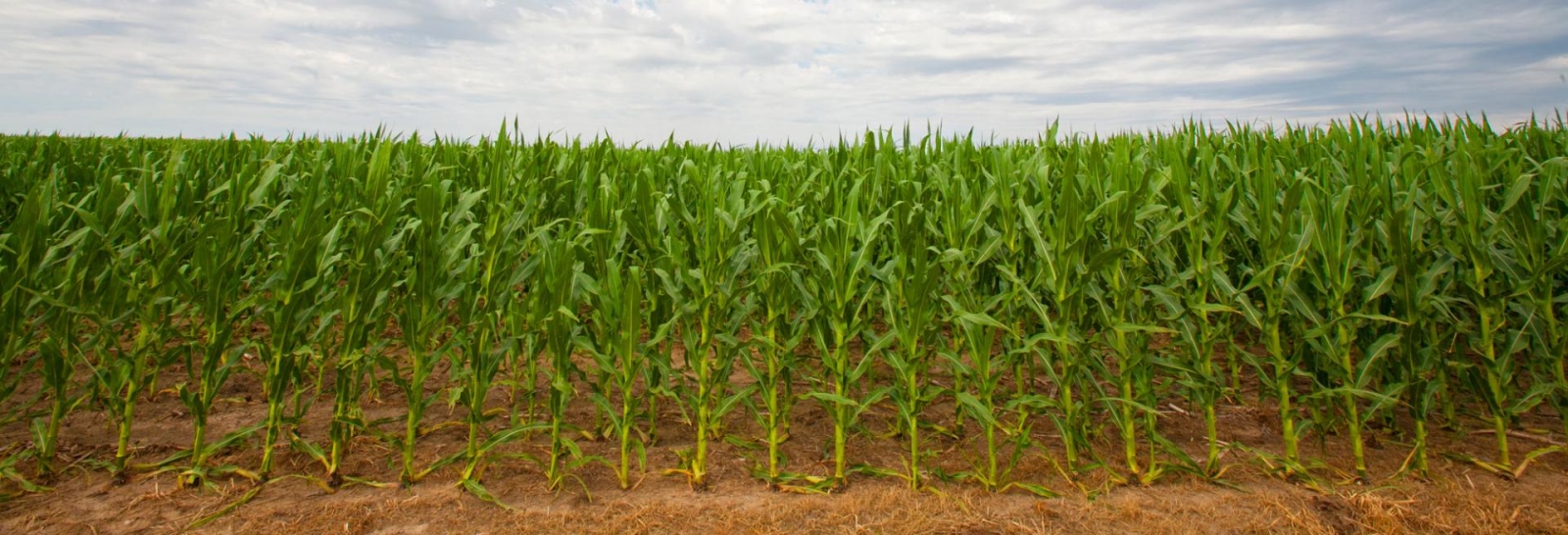Winter Hay Worries
Grass tetany and nitrate poisoning are issues that we typically associate with animals grazing. However, both issues can be a problem in winter when animal diets are limited by what they are fed. Is your herd safe from possible hay worries?
Tetany occurs when an animal’s diet doesn’t have enough magnesium to meet nutritional needs. Complications with milk production and increased magnesium demand can make this imbalance even worse during lactation.
Grass, alfalfa and cereal grains harvested for hay can all be low in magnesium. Getting a hay test with mineral analysis can easily show if this is an issue we need to worry about. If tests come back showing less than 0.15% magnesium, the hay is deficient. Other mineral interactions that can worsen tetany are low calcium (<0.40%) and high in potassium (>2.5%).
If your test comes back with issues, consider switching over to a high calcium and magnesium mineral. Most options use magnesium oxide, which is bitter tasting and can reduce animal consumption. Consider mixing with a protein or energy supplement or mixing with distillers grain or soybean meal to improve consumption if it’s not at target levels (for a 10-13% magnesium mix, this is 4 oz. per head).
Another concern to keep an eye on is nitrates. Forages high in nitrate that were harvested for hay will not see a significant reduction in nitrate levels after curing. Any hay that we suspect being high in nitrate should be tested and, if high, fed as a reduced portion of the diet to prevent an issue with toxicity.
Tetany and nitrates in the winter aren’t problems that often jump right to a producer’s mind, but they can be a serious issue, especially when an animal’s diet is limited to what they are fed. Properly testing hay and adjusting mineral and diets to minimize risk can keep your winter hay worries at bay.
1099 Tax Forms for Ag Producers
Farmers and ranchers regularly pay for services from individuals who are not their fulltime employees. Typical compensation includes wages or other payments to self-employed workers and contractors, and rent paid to landowners. Under IRS regulations, a 1099 form should be issued to certain non-employees who perform services and are paid over $600 in a calendar year.
Reporting this information to the IRS helps ensure the receiver pays appropriate taxes on the income. This requirement can be broken down into three elements: (1) $600 or more paid during the calendar year; (2) to someone who is an individual, LLC, partnership, or trust; and (3) for services. These forms are sent early in the calendar year, so recipients have adequate time for tax preparation.
For additional information about this topic and more, you can go to UNL CAP.

